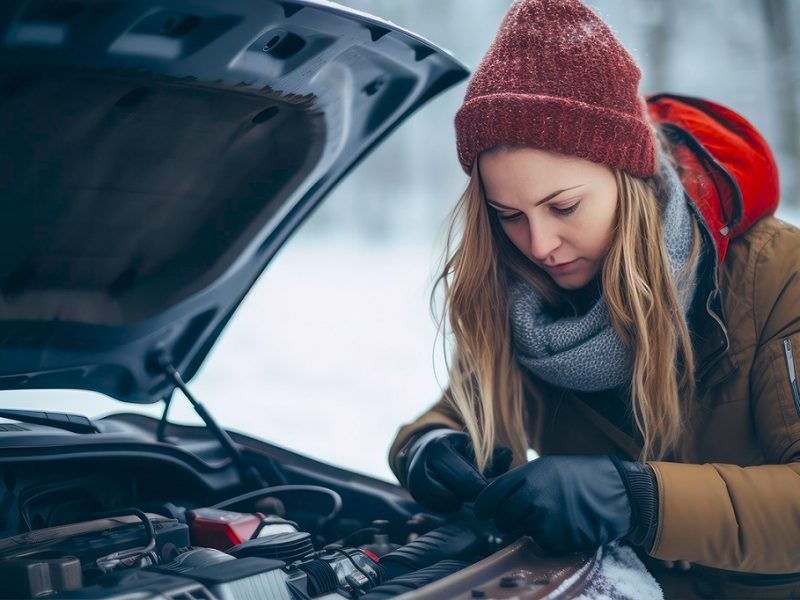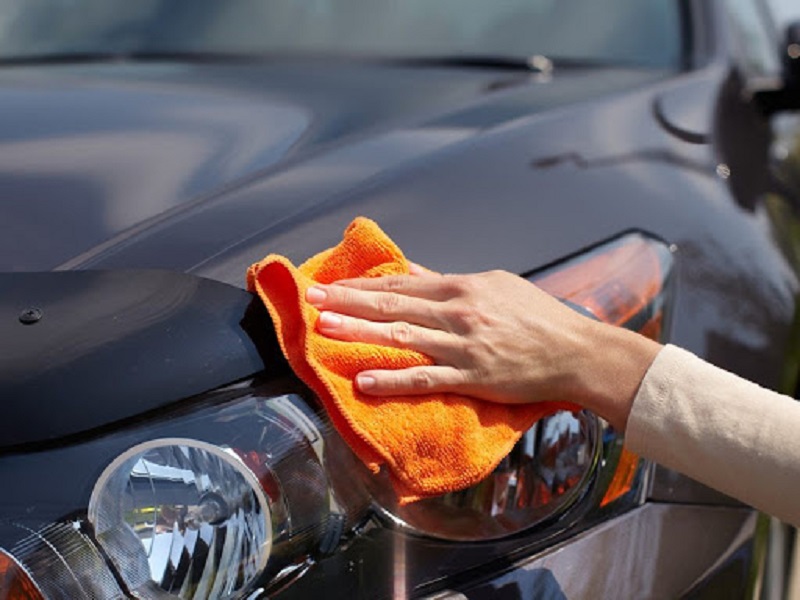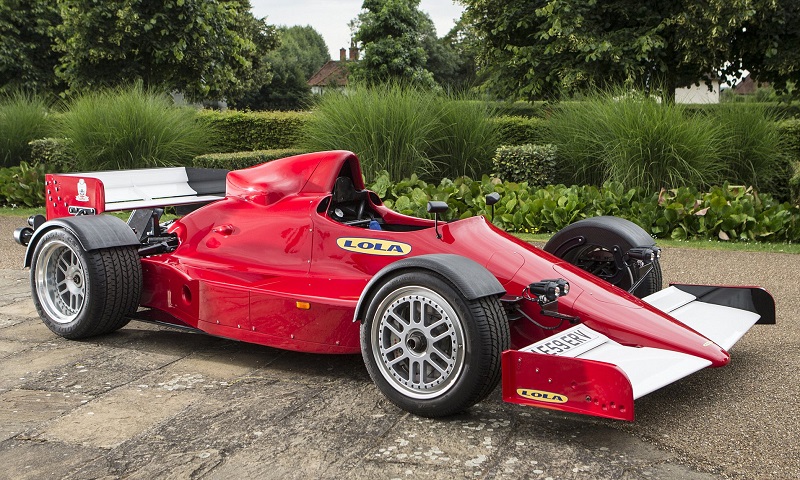Have you run out of battery and the car does not start? If you have wires with clips, you can fix it yourself.
Your car’s battery can be discharged because you have left something on (the lights, the radio or a door that is not locked) or simply that your car has been stationary for several months and the battery has been discharged by itself. You can take it to the workshop, but it is easy to save labor and even change a new battery that you may not need (if you re-download it soon, yes, read our five tips to buy a new battery first ). As you will see below, it is very easy to start a car with tweezers.
First step
The first thing is to have a pair of tweezers for the car, which will serve to transfer the energy of a full battery to the empty one that the other car has. The longer the starter cables (normally one red and the other black), the easier it will be to put them and the fewer maneuvers will have to be done to place the cars. It is also essential to always keep the bodies of both cars separate to avoid a short circuit or a spark.
The clamps that are part of these cables can be of different shapes, but all of them must have enough pressure to be able to grip and hold firmly the terminals of the batteries. The red wire, with the same colored clamps, is used to interconnect the positive (+) terminals, while the black wire, with the black clamps, is used to interconnect the negative (-) or “ground” terminals of the batteries.
For safety, before making the bridge between the batteries of two cars, completely turn off the ignition switch on both cars and set the parking brake on each one. You should also avoid that any fan or auxiliary electric motor can be put into operation before starting the main engine of the car with the battery discharged.
Second step
Once you have the clamps, you have to locate where the batteries are in the cars. It is usually under the hood of the car, but not always, because in some cars it is located under the rear passenger seat, for example.
Once the two batteries are located, identify their positive and negative terminals (the positive has the plus sign +). Start the connection: Place one of the clips of the red cable on the positive terminal of the charged car battery.
Third step:
Place the clamp on the other end of the red wire on the positive (+) terminal of the discharged car’s battery. Check that the cable is firmly attached on both sides and that they can not be released from the terminals in an oversight: this will prevent a short circuit if they touch any metal part of the car or the other terminal of the battery.
Fourth step:
Once the two clamps of the red wire are attached, it is necessary to place one of the clamps of the black wire (minus sign ‘-‘) on the negative terminal of the battery that is charged.
Fifth step:
Only one side of the black wire remains. It does not go in the negative terminal of the unloaded car. It must be fixed in some metallic part of the frame, the chassis, or the engine block of the car that has the battery discharged (without paint to make good electrical contact). Why not the negative terminal of the discharged battery? For safety reasons: This way you will avoid that if a spark comes up directly when the battery clamp is connected directly to the battery terminal, an explosion occurs if there is a leak of hydrogen gas. But if you do not find any suitable point in the chassis to connect the clamp, there will be no alternative but to do it directly to the negative terminal of the discharged battery. Of course, make sure before you do not have any type of deterioration.
Anyway, to prevent this kind of problem problems, fix it always away from the battery and other places where there may be fuel. Avoiding putting it on the negative terminal creates a connection to “ground”, “negative” common to all equipment and devices installed in the car. In this way, the manufacturers manage to save a good amount of cables in the entire electrical installation of the cars.
Check that the cables with which you have connected both batteries do not touch with any mechanism that is put in motion when starting the engine (fan, belts …). This will prevent any clips from coming loose or damaging the lining of the cables and short-circuiting.
Sixth step
After the last checks, start the engine of the car that has the charged battery, accelerate a little and keep it running for a few minutes so that the battery recharges well. This way you will avoid that this battery must make an extra effort when trying to start the engine of the other car.
After a few minutes, turn off the engine of that car and immediately try to start the car that has the battery discharged. When starting up, accelerate it a little and keep it running for a few minutes so that the battery charges a little. After starting the car with another battery and travel a few kilometers would have to recover the load and not present more problems to restart the engine.
Once the engine starts well, remove the clamps from the car in the reverse order of how they were placed. Be careful not to touch each other or touch any metal part of the car!
And if it does not start the car?
If after several attempts the starter does not have the strength to start the car (or does not even try), check if any of the clamps have come loose or do not make good electrical contact. Try again, but if the problem persists you will probably have to change the battery for another one. It may also be another element of the car’s electric starter … but then there will be no choice but to visit a mechanic who reviews the electric start circuit and the spark plug circuit.
What if it is downloaded immediately?
It is likely that there is a lack of distilled water in the vessels, or that the battery is already spent or “sulfated” because it has reached the end of its useful life. If after filling the glasses with distilled water and traveling a few more kilometers the battery continues without holding a charge, then it is best to replace it with a new one or try to apply a full charge using a battery charger.
Also if we have a reserve battery stored in the garage and we always keep it at full load, we can replace it in the car for which it is unloaded, or also connect it by means of a bridge to the battery of the car that has it discharged, using the set of connection cables referred to and following the steps previously explained. Thus it is possible that it is not necessary to use the one of a second car.







